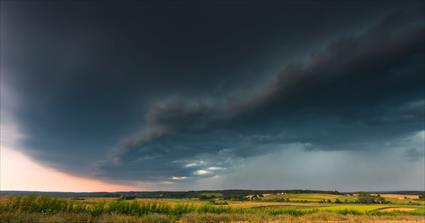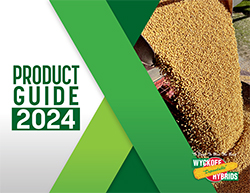America's Heartland: The Role of Weather in Farming
The Midwest is also known for extreme weather. From blizzards, to record high temps, to excessive rain -- farmers are up against harsh conditions. Undoubtedly, weather has a significant impact on agriculture. In order to flourish, crops need rain, warmth, and sunshine to thrive. For these reasons, farmers keep an eye on weather conditions; perhaps more closely than any other industry. Tricky Midwestern weather keeps them on their toes when it comes to all of their planning and decisions.
Farmers must be flexible. Plans change sometimes on a daily basis and they must be prepared for Plan B. Throughout the year, farmers make a lot of little decisions about their crops. These small decisions add up and result in a successful year, or a not-so-successful year.
Overall, these areas of farming are impacted by weather the most:
Growing Crops: As aforementioned, in order for a crop to grow, the right amount of moisture, sun, and ambient temperature is pivotal. Most American farmers use weather forecasts to plan for the best time to irrigate. In this day and age, this data is more accurate than ever, but it is not without fault.
Pests: When it is too windy, it isn't an ideal time to spray insecticide. In addition, some weather creates an environment where pests and diseases flourish. This is why forecasts are used to decide the best date and time to apply pest control.
Fertilizing: Weather forecasts are also used to plan for when and how to fertilize.
For more information about Wyckoff farms and our products, call us at: 219-462-6716 or INFO@WYCKOFFHYBRIDS.COM.

